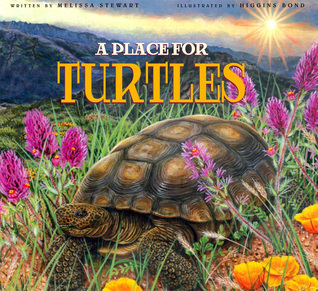What do you think?
Rate this book


32 pages, Hardcover
First published March 1, 2013
"Some turtles have trouble building nests when new kinds of plants spread into their home habitat. When people find ways to control the new plants, turtles can live and grow."